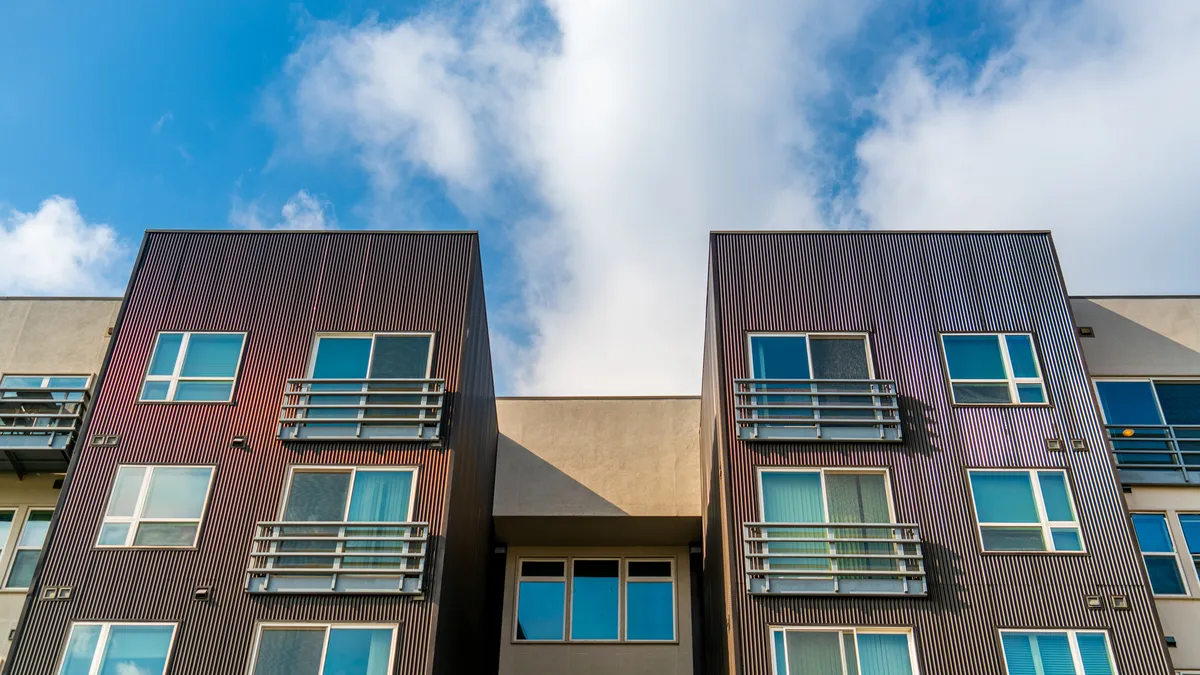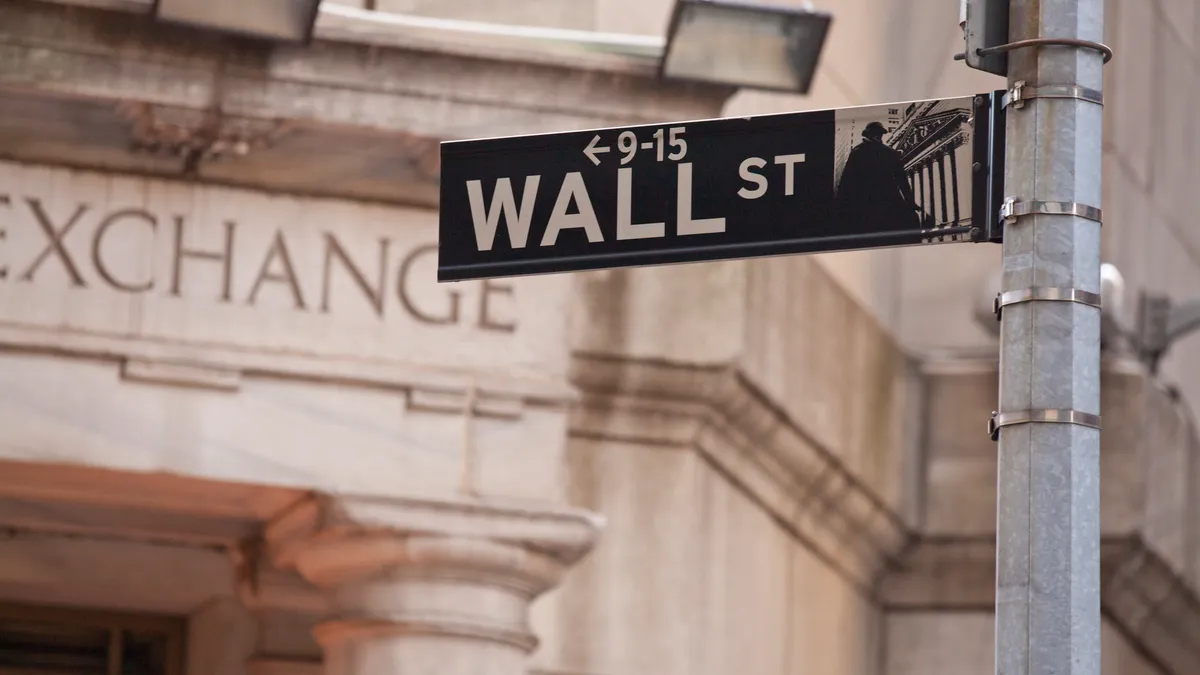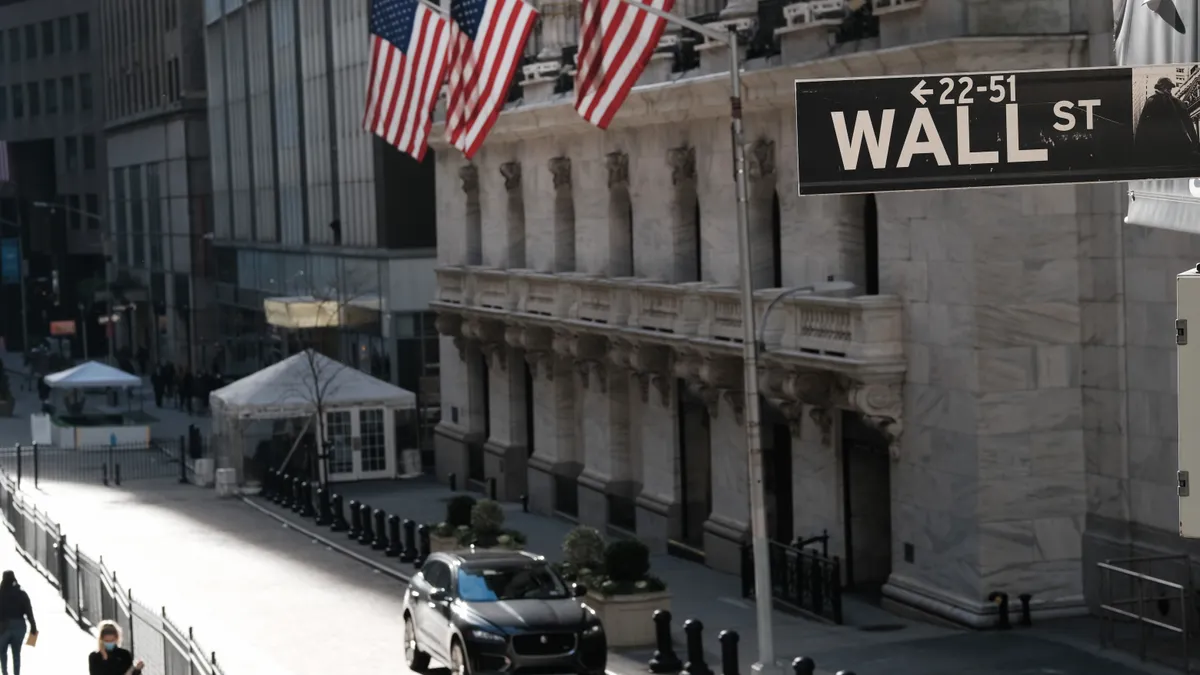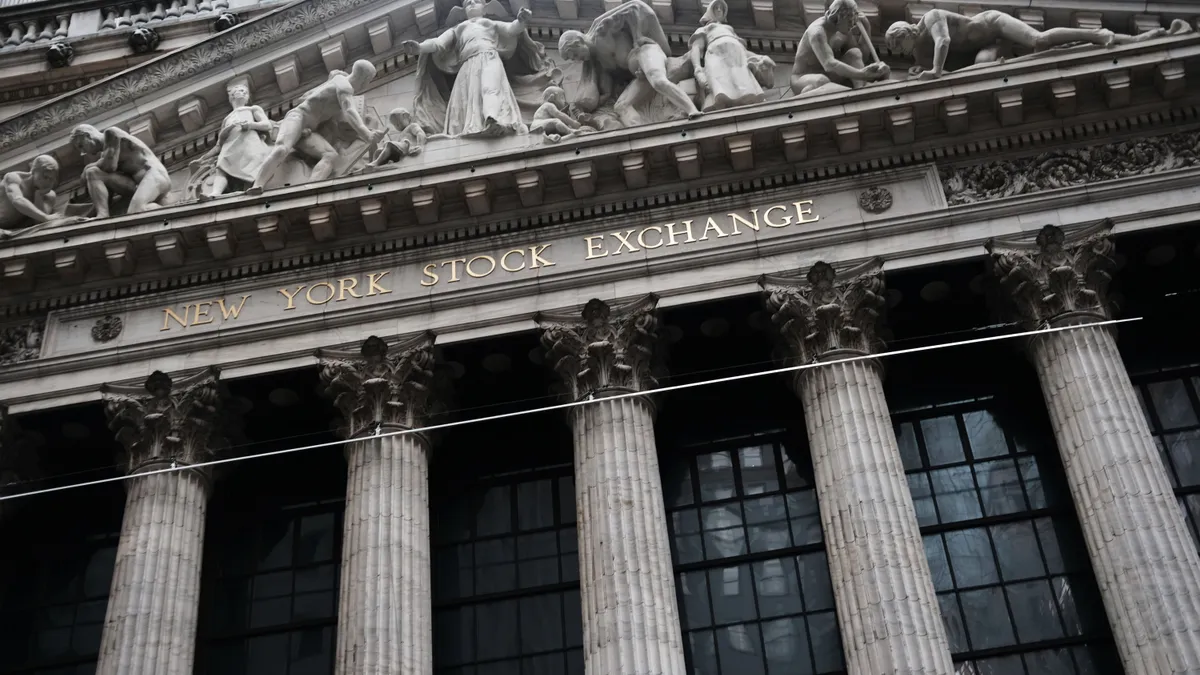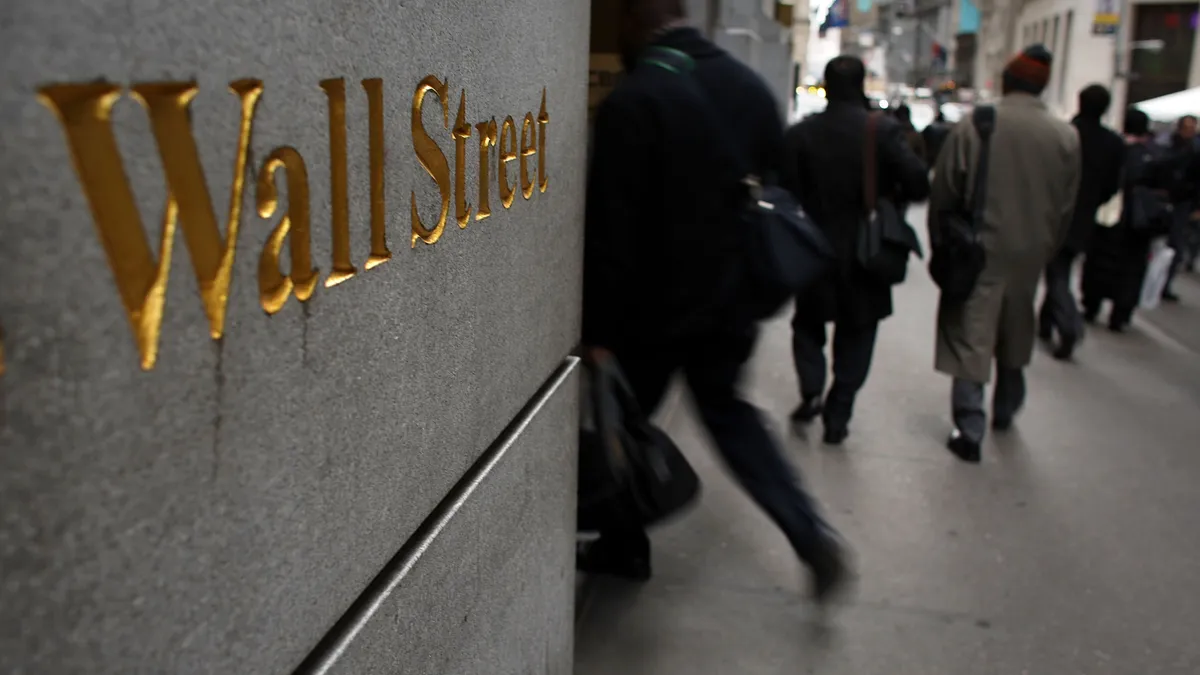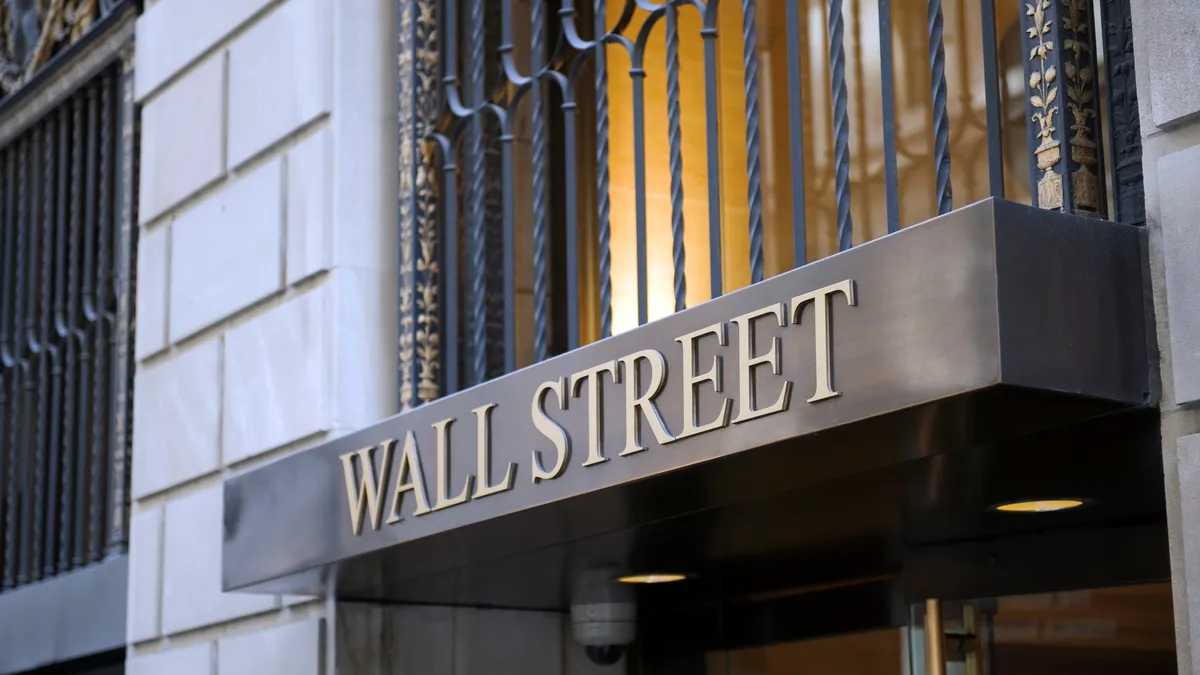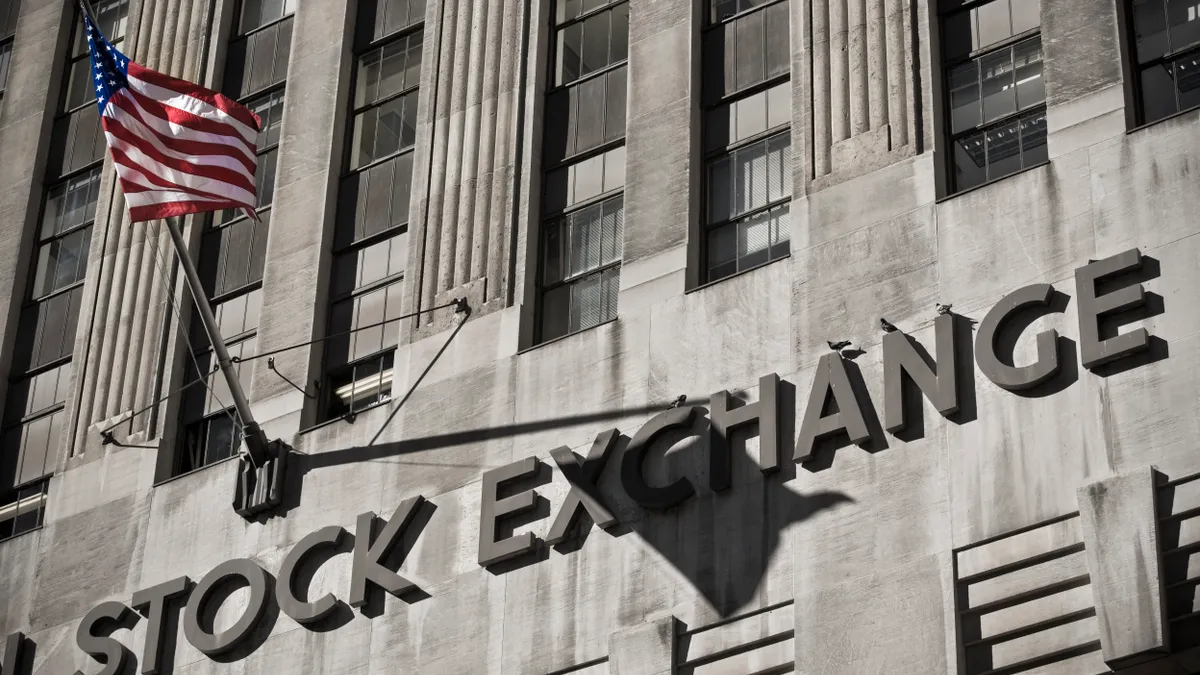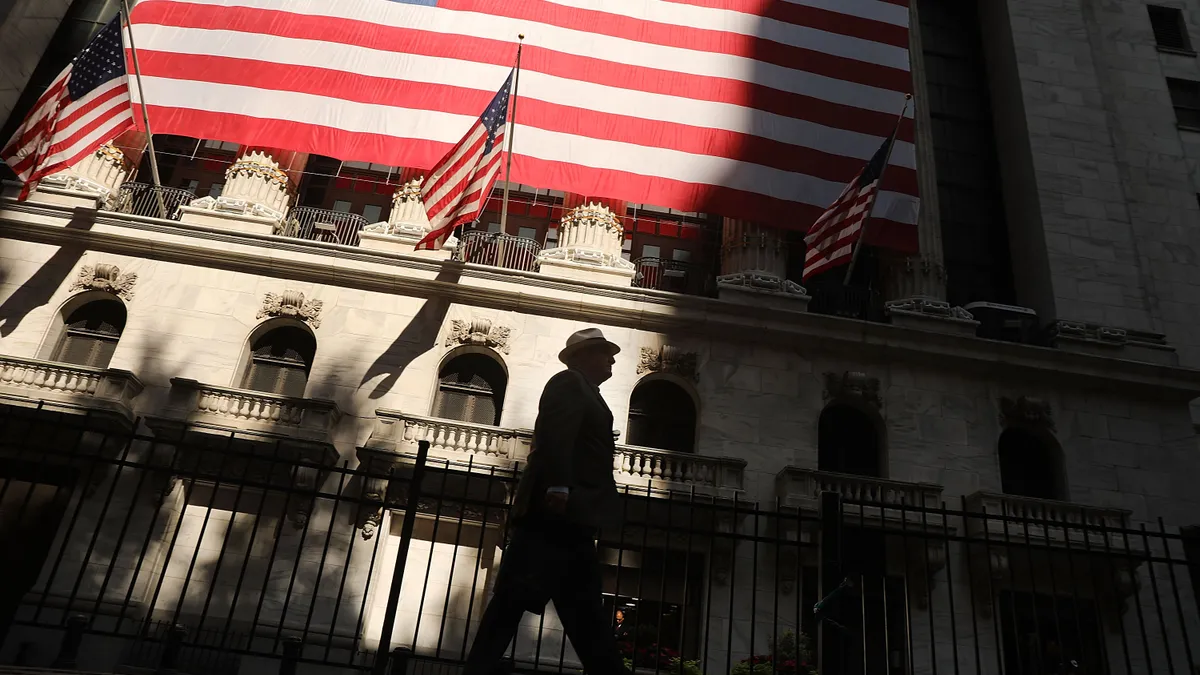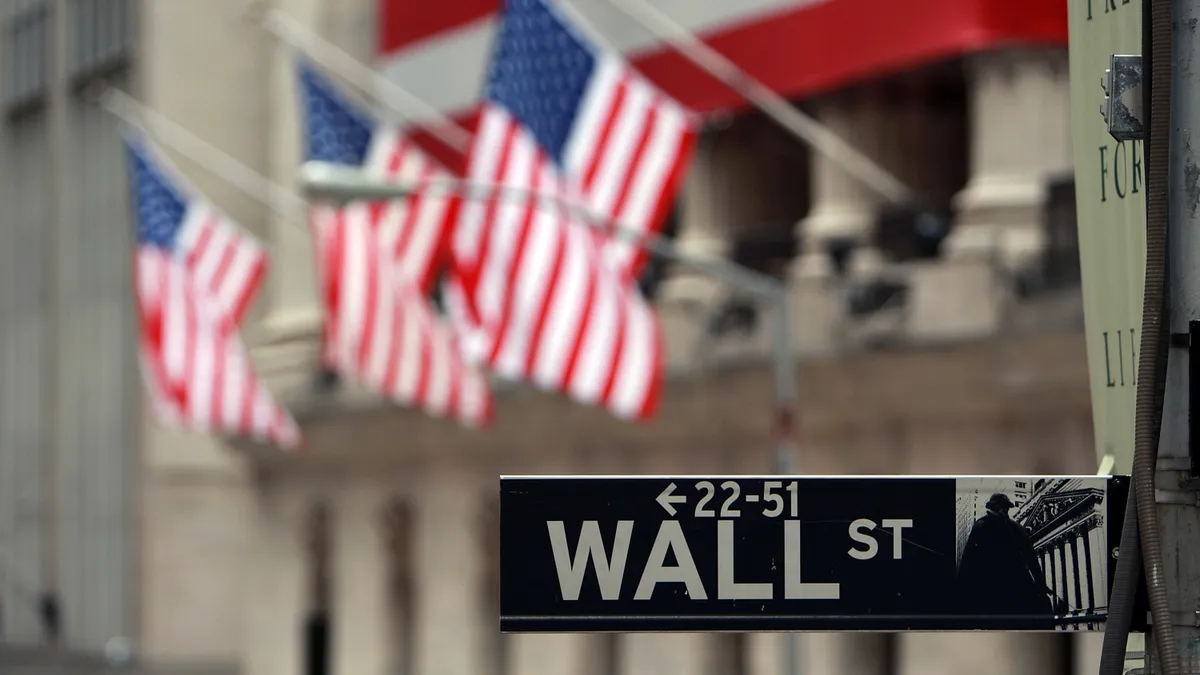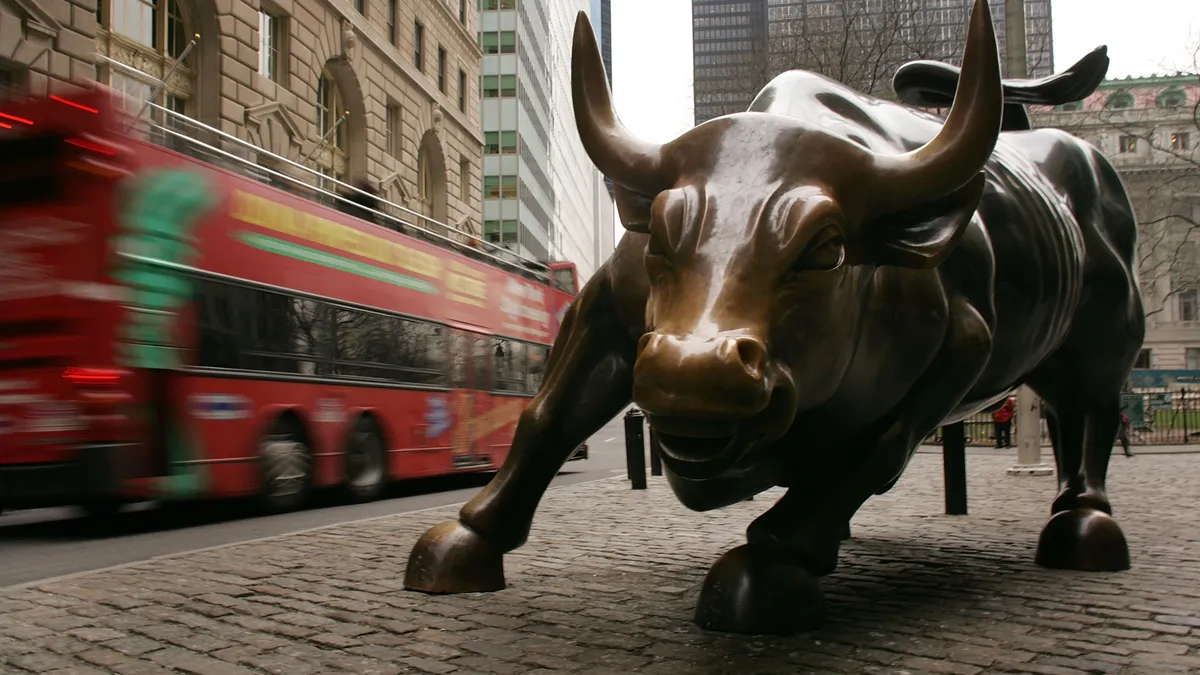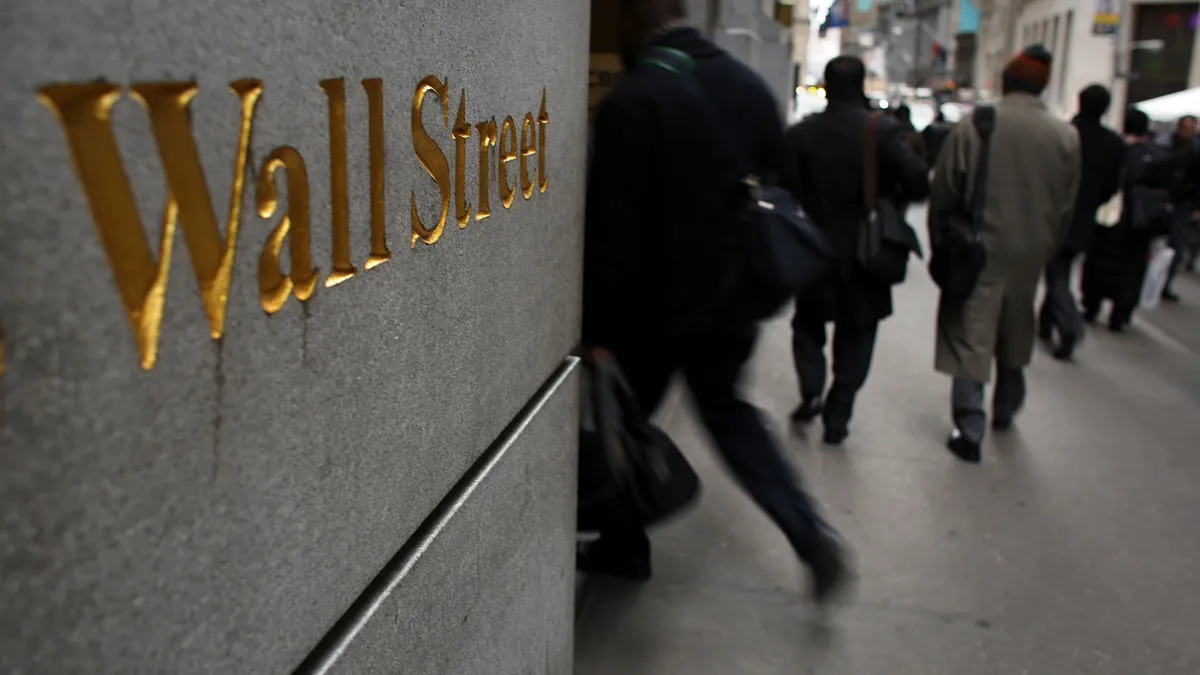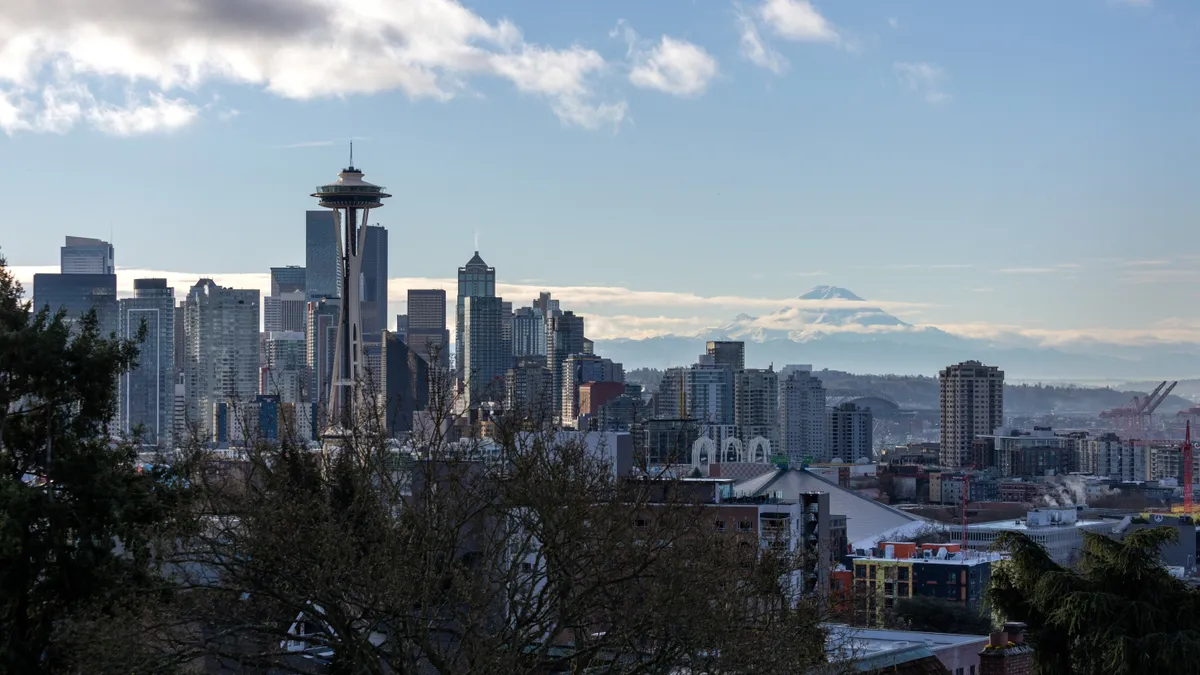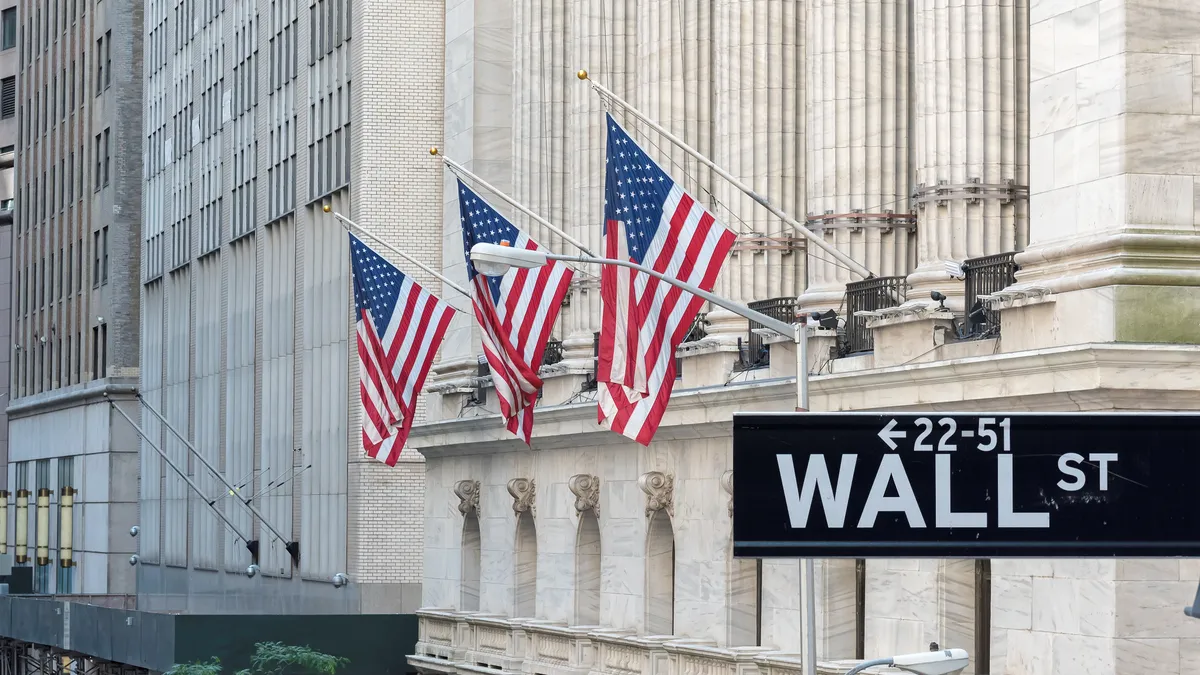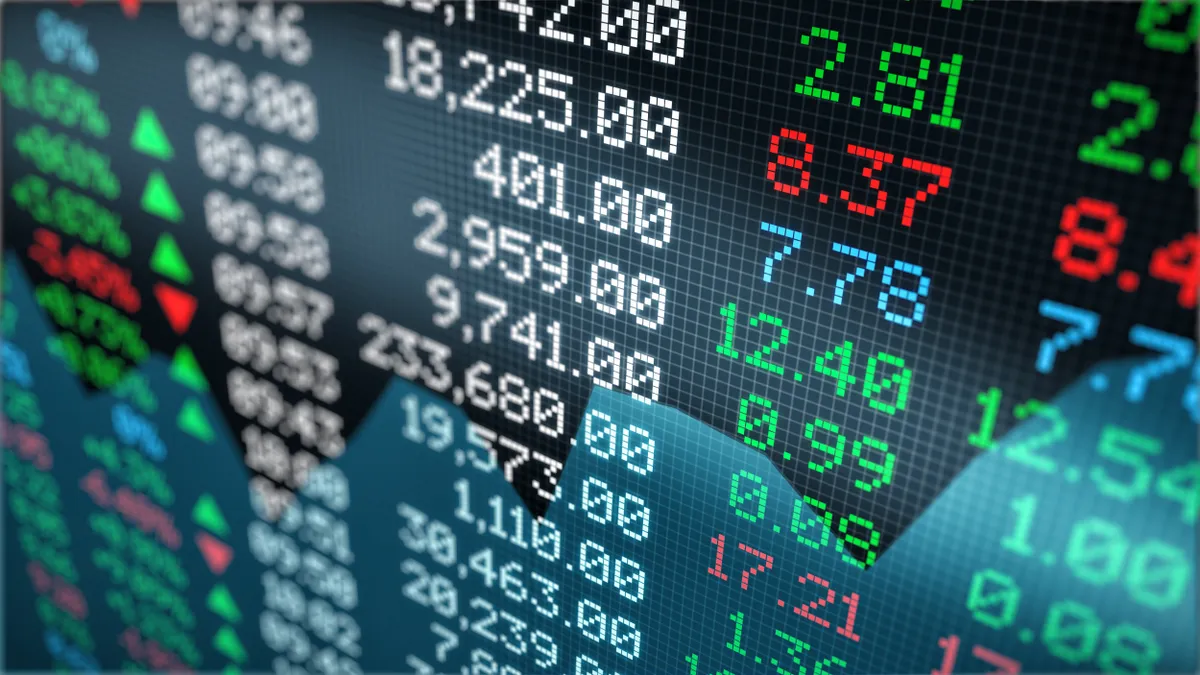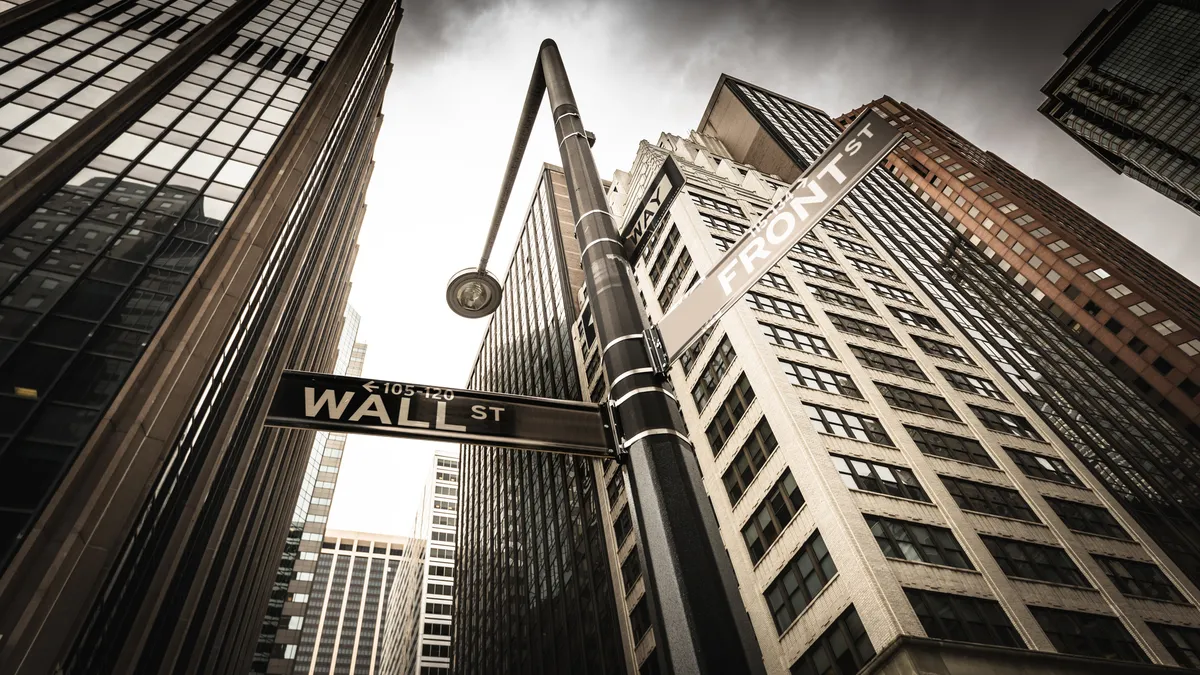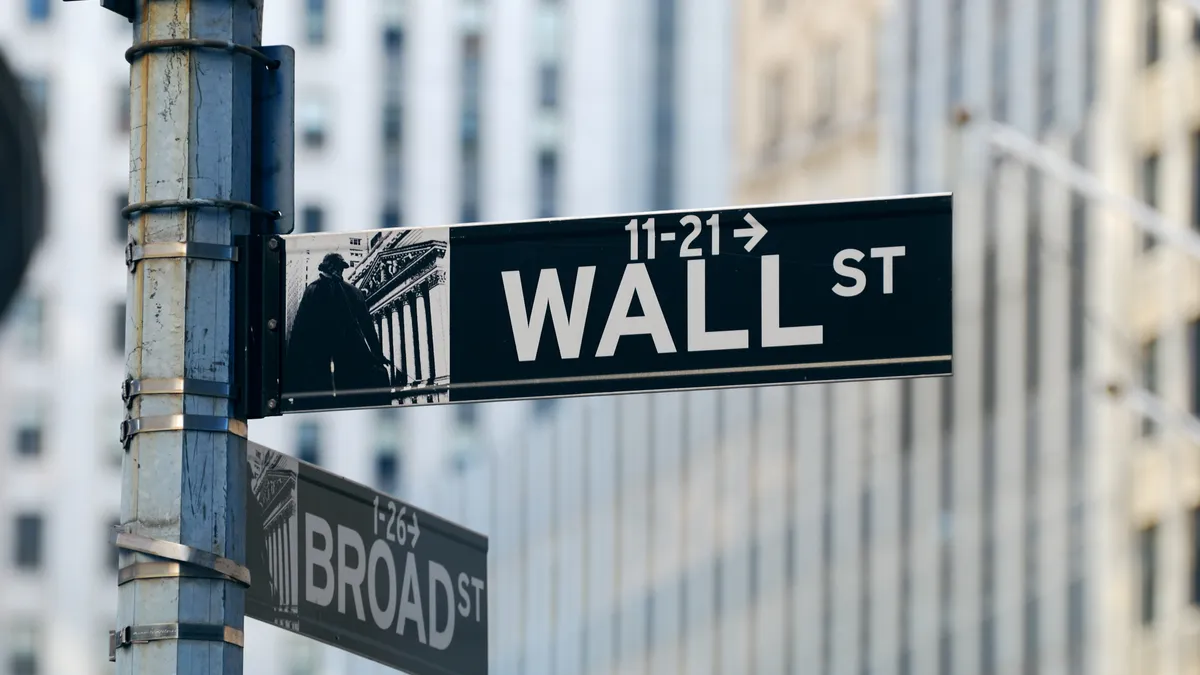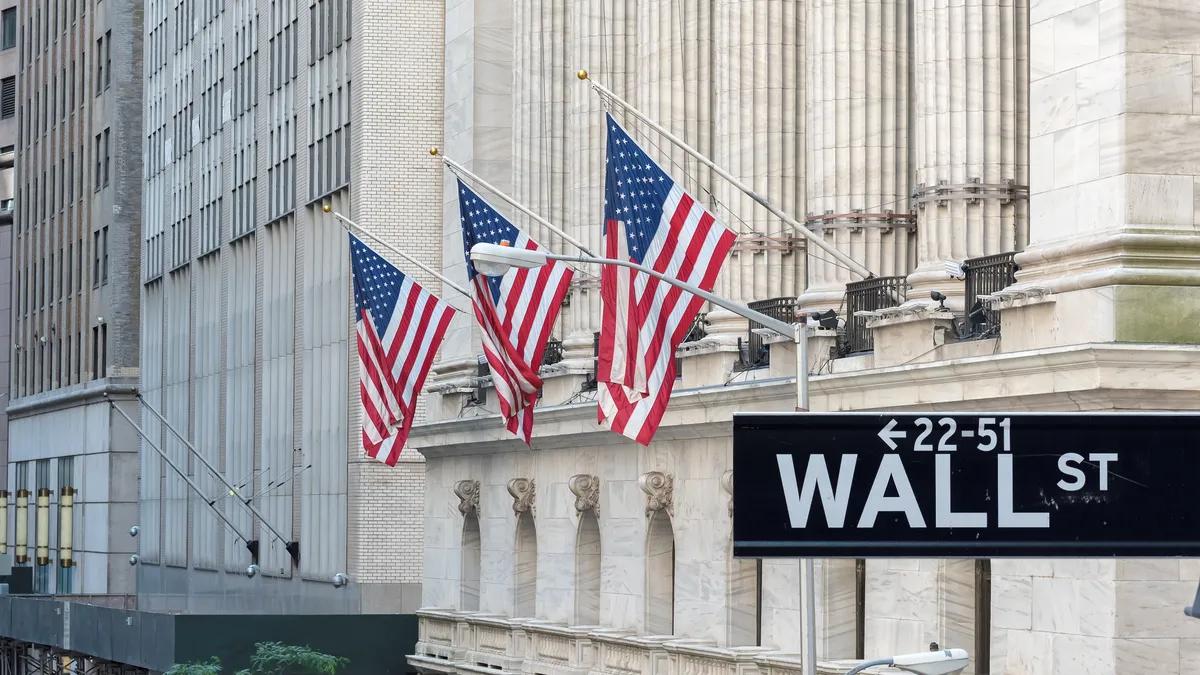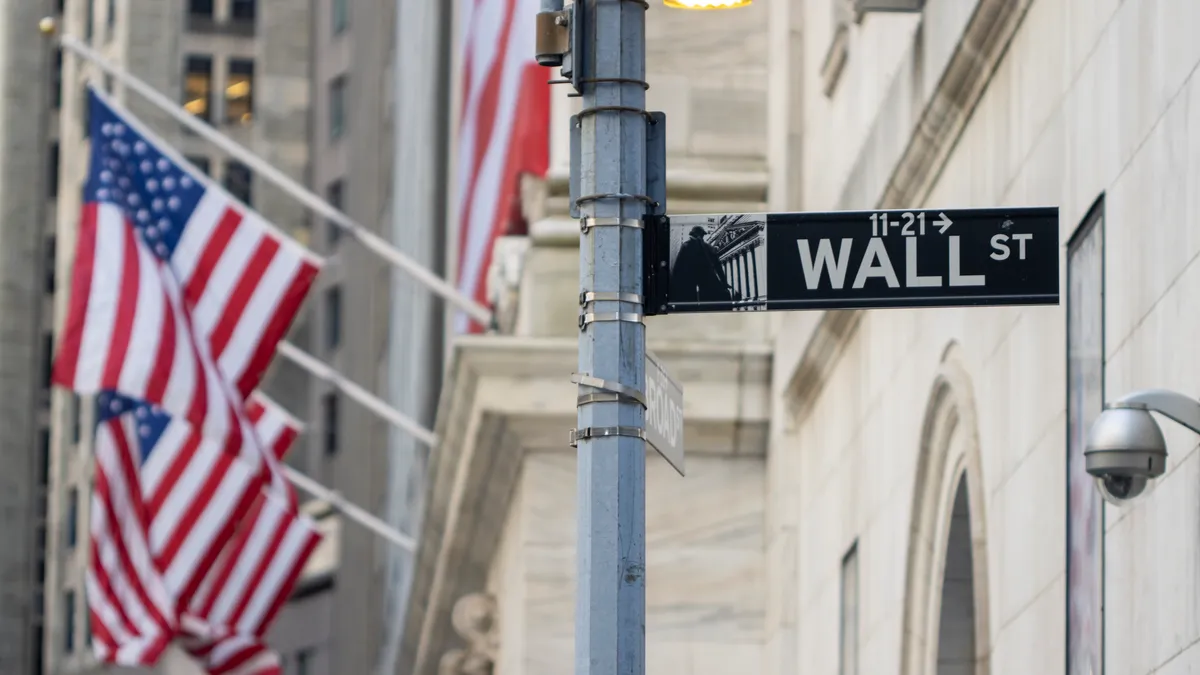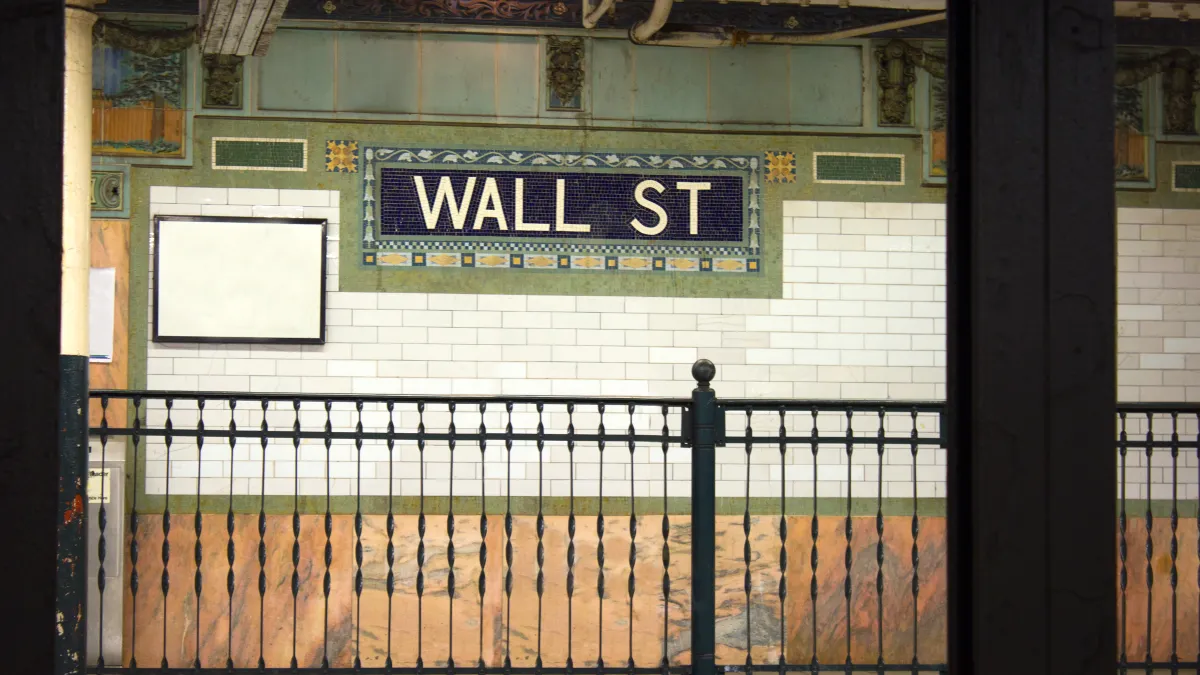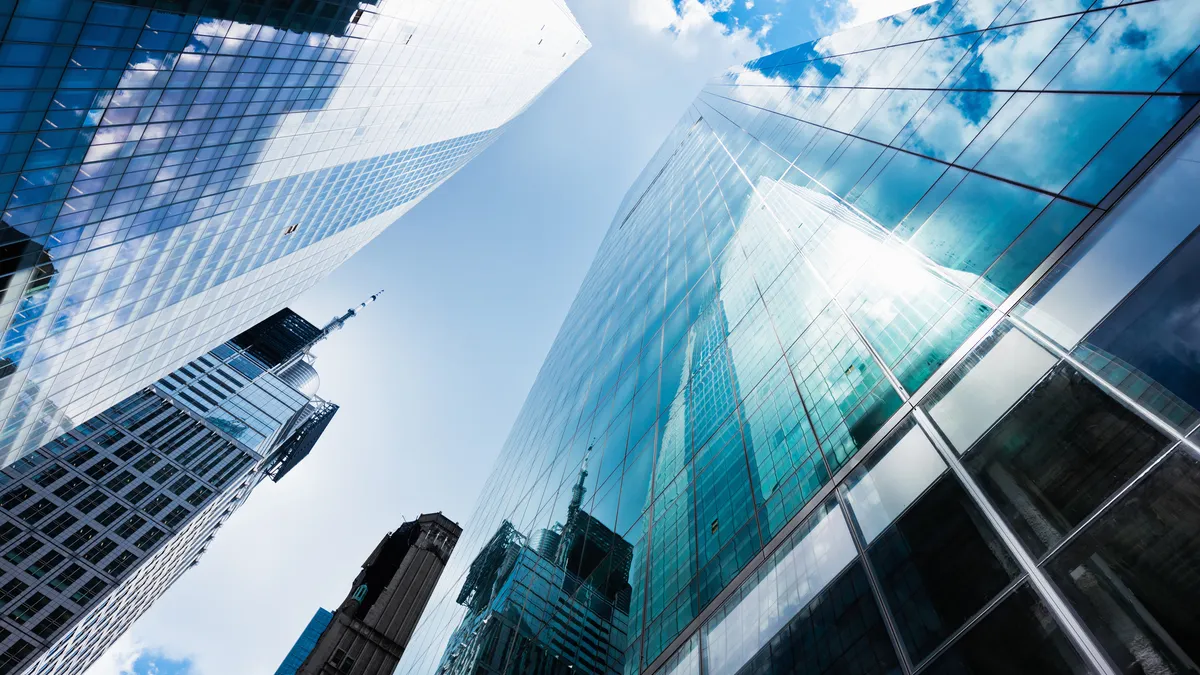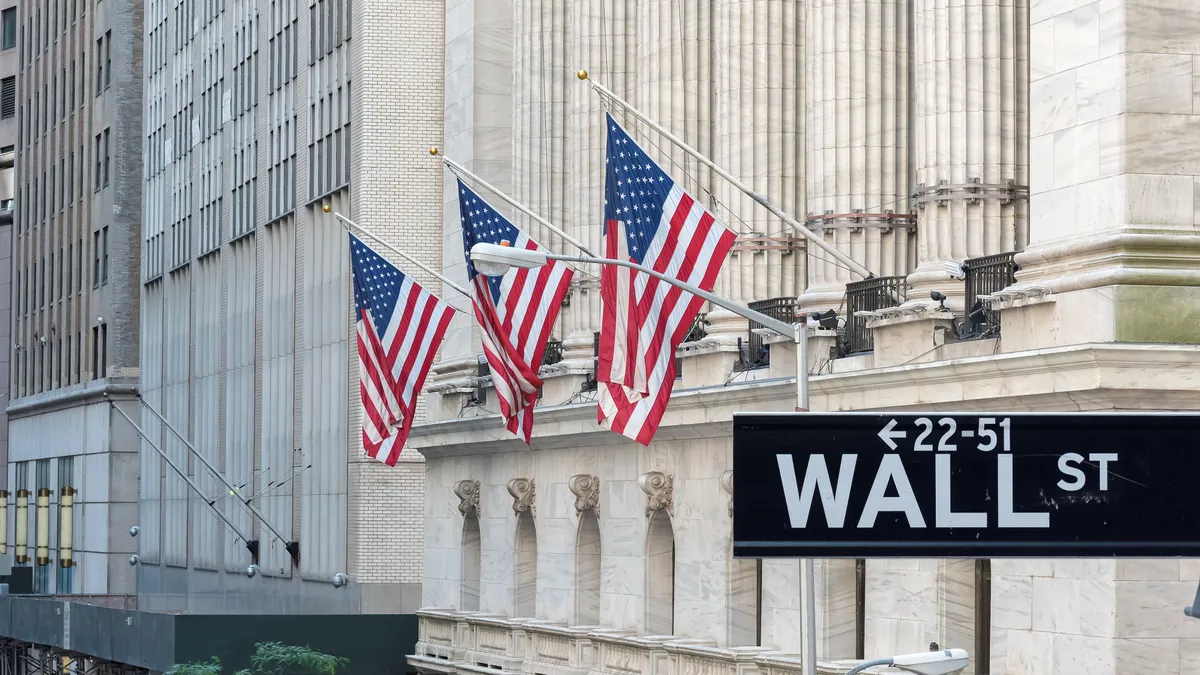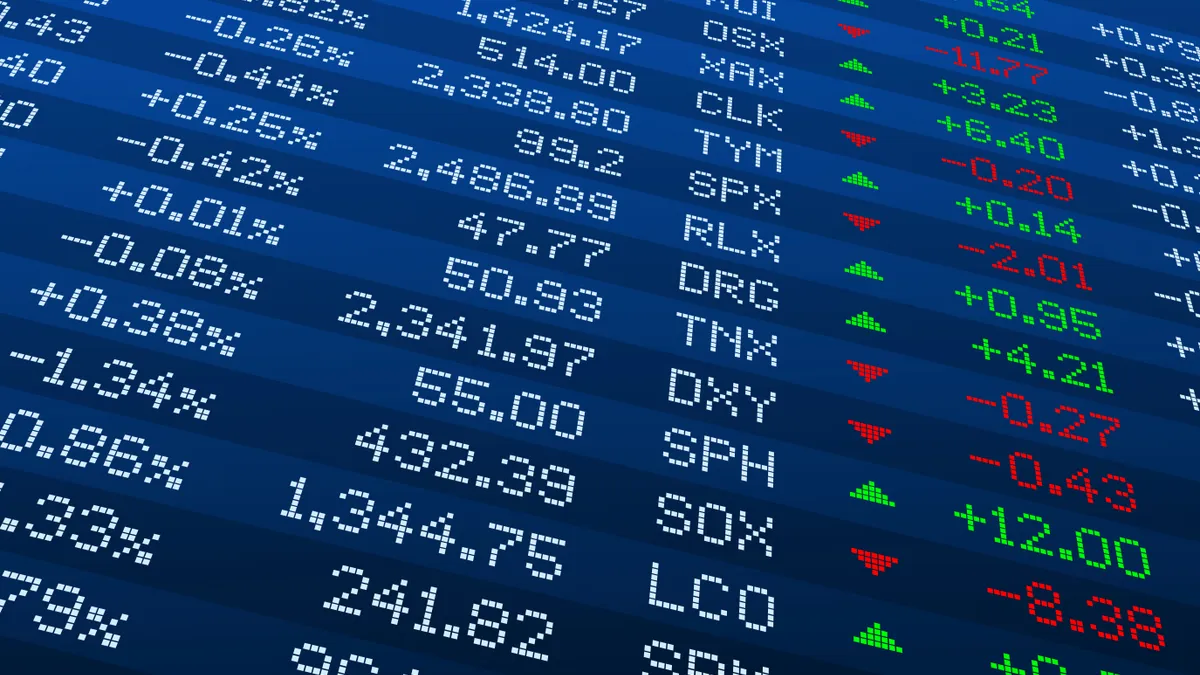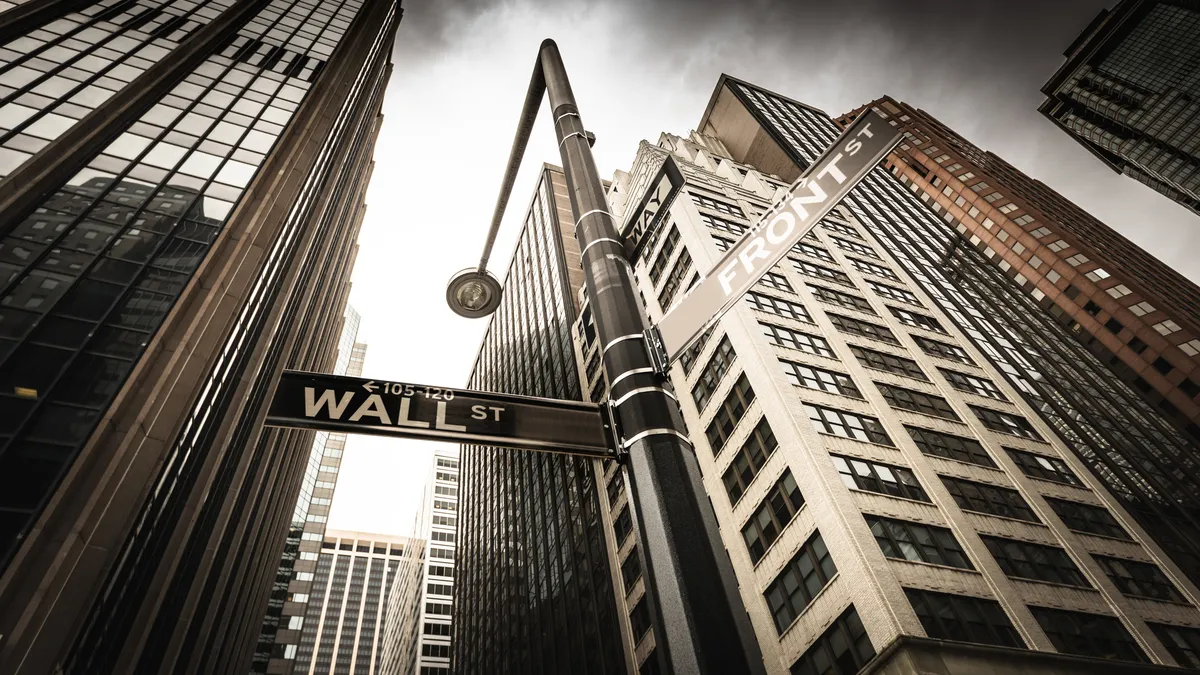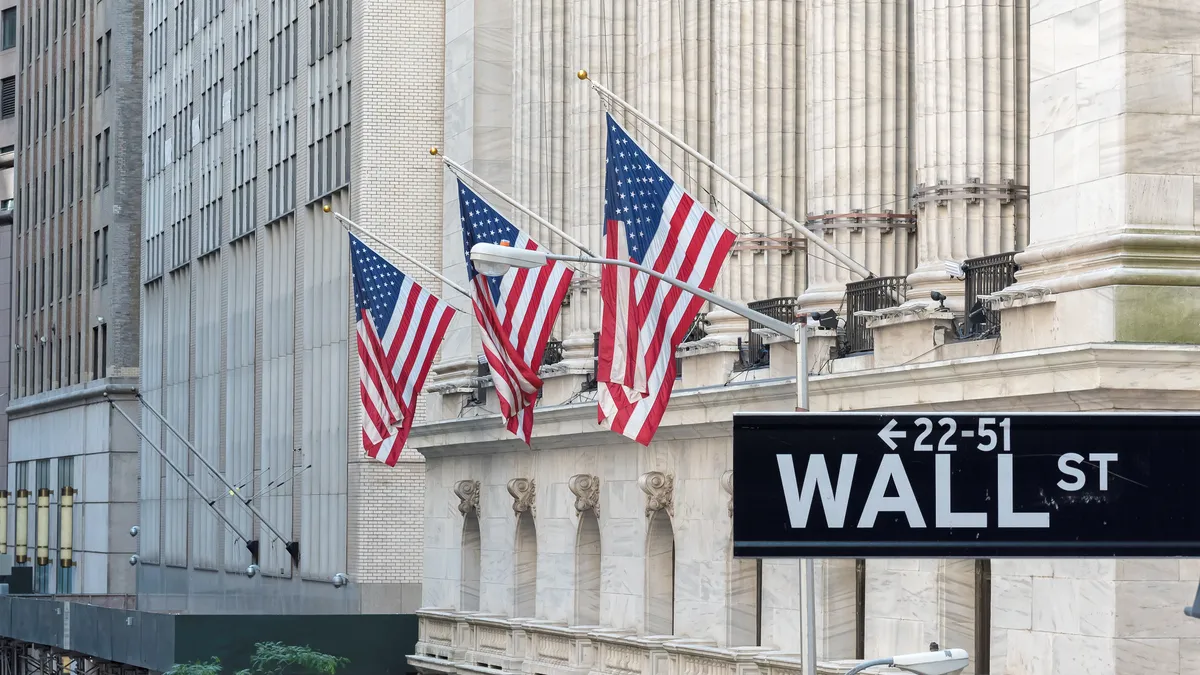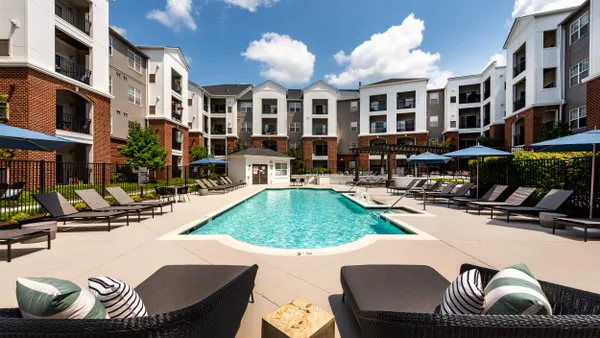Denver-based REIT UDR has become known as a trailblazer in operational centralization, taking it as far as having properties without staffers.
On the REIT’s Q2 earnings call last week, UDR Senior Vice President of Operations Mike Lacy said the company has rolled out “unmanned sites” for over 20% of its portfolio.
“We're going to be assessing that and looking at 2024 to see if we can add more,” Lacy said. “But overall, I'd say the things that we've rolled out have been successful.”
That isn’t the only innovation opportunity that the REIT sees. Currently, the firm has bulk internet in place at around 9,000 units, with 9,000 coming in the next five months or so. It also utilizes a customer experience dashboard, which provides information on the life cycle of each resident with all of the data in chronological order, keeping things like texts, surveys, phone calls and service requests in one place.
“We can see exactly what’s happening,” Lacy said. “We're testing different hypotheses right now, and we think there's a ton of opportunity as it relates to this.”
Innovation wasn’t the only topic on the conference call about UDR’s event-filled Q2. Here are three other highlights:
The coasts show strength
With a portfolio spread around the country, UDR’s quarterly results can be a good barometer of regional strengths and weaknesses.
Judging by the past few months, the coasts are providing a real boost to the REIT’s results. “On the East Coast, our Northeast markets of New York and Boston are portfolio standouts,” Lacy said. “Weighted average second-quarter occupancy was 97.2%, and we achieved 9.4% year-over-year same-store revenue growth. Robust levels of traffic and minimal competitive new supply continue to support pricing power with blended lease rate growth of nearly 5% during the quarter.”
On the West Coast, UDR’s occupancy sits in the mid-96% range with “stable concession usage,” according to Lacy. “Seattle was a standout in the second quarter with a 70-basis points sequential acceleration in blended lease rate growth compared to a 30-basis-point deceleration for the entire portfolio,” he said.
The Sun Belt is a little weaker than UDR expected for two reasons, according to Lacy. One problem is elevated new supply, which should remain high through 2024. The other is the 250 to 300 skips — when residents walk out before the end of their lease — the company saw in the Sun Belt, which doubled last year’s number.
“Because of these factors, we expect pricing power across our various Sun Belt markets to remain constrained in the near term, though we continue to believe in the long-term growth prospects,” Lacy said.
Joint venture and transaction insight
While many REITs reported a slow environment in Q2, UDR was busy making deals. In June, the company closed a $510 million joint venture with Baltimore-based LaSalle Investment Management to acquire high-quality, well-located communities.
On the earnings call, CEO Tom Toomey said a key factor in the interview process with potential partners was “finding someone that thinks about the business the way we do.”
BY THE NUMBERS
| Category | Q2 | YOY Change |
| Rental income | $374.5 million | 6.9% |
| Net operating income | $260.5 million | 6.7% |
| Operating expenses | $114 million | 7.4% |
| Funds from operations | $0.63 | 21% |
| Rent per unit | $2,493 | 7.3% |
| Occupancy rate | 96.6% | 0.4% |
SOURCE: UDR
UDR will initially contribute four properties, located in Orange County, California; Seattle; Boston and Washington, D.C., totaling 1,328 units, at a 5% effective forward yield to seed the joint venture. The REIT will retain 51% ownership in the joint-venture communities and receive approximately $250 million in cash proceeds.
“We plan to grow the joint venture alongside our partner by targeting acquisitions with operating upside that are located proximate to other UDR communities to increase operating scale, densification and earnings accretion,” UDR President and CFO Joe Fisher said on the earnings call.
In addition to the LaSalle deal, UDR is also under contract to acquire six properties in Texas totaling 1,753 apartments for $402 million. “Our acquisitions team identified properties with in-place controllable operating margins that are approximately 800 basis points on average below UDR communities in the same markets,” Lacy said. “By bringing these acquisitions onto our best-in-class operating platform, we can drive compelling upside and create value through our existing and ongoing innovation initiatives.”
Boosting outside development
In addition to developing, owning and operating its own assets, UDR uses its developer capital program to fund projects from other companies. In Q2, the REIT provided $38.8 million to pay down and extend the maturity dates of the senior construction loans of three projects — 1300 Fairmount in Philadelphia; Modera Lake Merritt in Oakland, California; and Junction in Santa Monica, California.
“While they [the developers] have equity, they don't have the equity and returns they wanted,” Fisher said. “And, so holding on for a potentially better environment makes a lot of sense to them, and we're happy to be along for the ride as we like where we're at in the capital stack.”
Fisher thinks some developers will lose assets and capital this cycle, though he isn’t seeing distress yet. So far, land parcels in tertiary locations are trading for 20% or 30% less than they were going for. But at more core locations, developers are holding tight.
“The developers are generally pretty decently capitalized and not in a rush to transact at potentially discounted prices,” Fisher said.
Right now, UDR has six of its own developments that were slated to start this year or next year. When interest rates and cap rates come down and UDR’s stock price and in-going yields are up, the company will be prepared to start those projects.
“Just given our capital-light strategy, the cost of equity, the cost of debt, where costs and rents are and in-place yields, we are kind of sitting on those and just building in the optionality,” Fisher said.
Click here to sign up to receive multifamily and apartment news like this article in your inbox every weekday.





